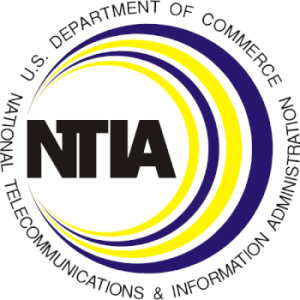- The NTIA BEAD program, established under the Infrastructure Investment and Jobs Act (IIJA) of 2021, has been regarded as a transformative initiative aimed at closing the digital divide by expanding high-speed broadband access nationwide. However, as states receive allocations and finalize plans for deploying these funds, concerns are emerging about whether BEAD’s focus on fiber-optic networks unintentionally restricts the flexibility required for telecom access programs, particularly in remote rural and tribal areas.
BEAD funding places a strong emphasis on fiber-optic infrastructure, highlighting its superior speed, reliability, and future-proof characteristics. However, critics argue that an exclusive emphasis on fiber may overlook cost-effective alternatives, such as fixed wireless, satellite, and other emerging technologies, which can provide viable connectivity solutions in remote areas where fiber deployment is economically impractical.
Increased Fiber Deployment: A Double-Edged Sword
The BEAD program is the largest federal investment into rural broadband infrastructure to date. The immediate result of the program has been a dramatic acceleration of fiber deployment nationwide. States have been highly responsive to the program’s incentives and have prioritized the construction of fiber networks in underserved and unserved areas. This program is projected to enable millions of households to gain access to high-speed internet over the next five years.Positive Impact:
- Scalability and Longevity: Fiber infrastructure supports higher bandwidth and is scalable to meet future demands, ensuring long-term service viability.
- Enhanced Competition: Increased fiber deployment fosters competition, driving down prices and improving service quality.
Potential Challenges:
- Deployment Costs and Timelines: Fiber deployment in remote and rugged areas often faces higher costs and extended timelines, potentially delaying access for communities that need it most.
- Opportunity Cost for Alternative Technologies: A fiber-first approach may divert funding and attention away from technologies like fixed wireless and satellite, which could be deployed more quickly and affordably in certain regions.
Strain on Telecom Access Programs
BEAD’s focus on fiber could harm telecom programs in rural areas by not adequately supporting diverse technological solutions. Telecom programs for underserved communities, such as CAF and RDOF, have historically relied on diverse technology mixes to ensure broad access. BEAD’s commitment to fiber, however, may mean they no longer align with BEAD’s vision.Positive Impact:
- Integration of Federal and State Efforts: Aligning BEAD with existing federal broadband initiatives presents an opportunity to streamline funding and policy efforts, potentially amplifying their overall impact.
Potential Challenges:
- Technology Mismatch: Telecom access programs tailored to meet the specific needs of rural and tribal areas may encounter funding constraints if their proposed technology solutions do not align with BEAD’s fiber preference.
- Equity Concerns: Fiber deployment alone may not adequately address affordability and digital literacy gaps, leaving vulnerable populations at risk of digital exclusion.
The NTIA BEAD program represents a significant step toward closing the digital divide by prioritizing high-speed broadband infrastructure. However, a more flexible and technology-agnostic approach is necessary to ensure that telecom access programs addressing rural and underserved communities are not sidelined. Policymakers, stakeholders, and broadband providers must work collaboratively to strike a balance between fiber deployment and diverse technology solutions, ensuring that all communities benefit from this historic investment.
New AI benchmarks test speed of running AI applications
Headline: Artificial intelligence group MLCommons unveiled two new benchmarksArticle: Since the launch of OpenAI’s ChatGPT



